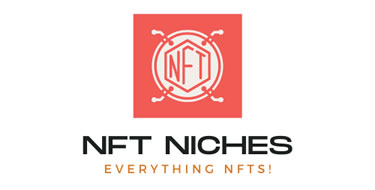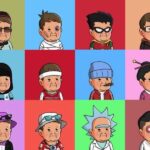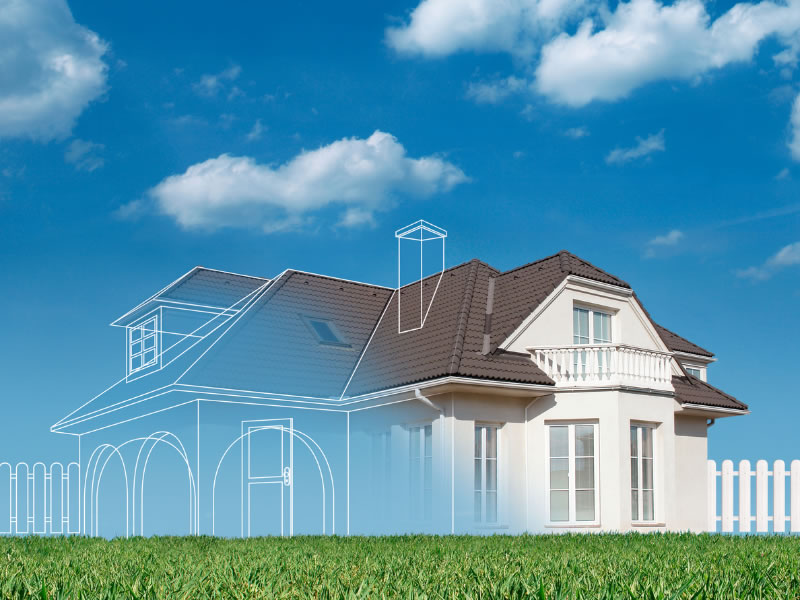There are numerous ways in which the unregulated nature of Non-Fungible Tokens and crypto currency is a problem for the various governments around the world, but one of the chief ones is the manner in which criminals can use NFTs to launder their money. One of the main methods used to do this is called Wash Trading, which is used to artificially inflate the value of an NFT in order to make more money. Wash Trading is something that is banned in conventional financial markets, but the fact that there is no regulation to NFT trading means that it is much easier to carry it out as a practice and launder money.
The laundering of money involves taking ‘dirty’ money gained from illegal activities and making it ‘clean’ by ‘washing’ it. That is to say, the illegal money is used to purchase an NFT, for example, then the NFT is sold to someone else whose money is legitimate and that ‘clean’ money replaces the dirty money. In Wash Trading, the person selling the NFT in the first place and the first buyer are both the same person, but the transactions get lodged onto the blockchain and the sale to the third party then looks entirely legitimate. The money has been ‘washed’ by the criminal and there isn’t an awful lot that authorities can do about it.
Wash Trading Explained
In simple terms, Wash Trading is what happens when the buyer and the seller in a transaction are either both the same person or else two people colluding with one another. In the real world of finance, Wash Trading is illegal because it misleads the rest of the market about what the true level of demand is for something as well as distorts its price. It means that people end up trading on false information, perhaps investing in something that they shouldn’t or spending an artificially inflated amount of money in order to buy something, given the way in which the Wash Trading has completely distorted the market.
In most countries, Wash Trading is illegal. In the United States of America, for example, the Commodity Exchange Act of 1936 outlawed the practice. The problem is that no such rules are followed in unregulated markets, which is exactly what the world of crypto currency and Non-Fungible Tokens is at present. In 2019, for example, Bitwise Asset Management claimed that as much as 95% of all Bitcoin trading was fake, done in order to inflate the trade volume and make it appear as if there was more movement in the market than there actually was. That is obviously a huge percentage of trading that isn’t real or genuine.
In terms of NFTs and crypto currency, the lack of regulation in the market makes it relatively easy to engage in Wash Trading. It is entirely possible for someone to set up multiple crypto wallet addresses, allowing them to buy and sell NFTs to themselves but make it look as if it is a genuinely transaction. Because both crypto and NFTs revolve around largely anonymous trading, it is extremely difficult to get to a position whereby the identity of everyone involved in a sale is known to authorities. Although the transactions between the blockchains are public, the information of the people involved is not and remains anonymous.
Wash Trade Examples

As you can imagine, the anonymous nature of blockchain trading means that it is quite difficult to know for certain when examples of Wash Trading have taken place. In October of 2021, however, one such example presented itself. CryptoPunk 9998 was traded for 124,457 ether between two wallets, being worth around $532 million at the time. CryptoPunks Bot picked up on the sale of the white-haired and green-eyed pixelated character, automatically tracking and announcing it on Twitter. Information from Etherscan suggested that a ‘flash loan’ from numerous different sources had been used to make the purchase.
At the point of the sale, the seller then sent the money back to the buyer, who used it to repay the loans that had been taken out in order to fund the purchase. This was an obvious sign of a suspicious transaction, which was picked up on pretty quickly by Crypto Punks. They tweeted, “PSA: This transaction (and a number of others) are not a bug or an exploit, they are being done with “Flash Loans”. In a nutshell, someone bought this punk from themself with borrowed money and repaid the loan in the same transaction”. When the NFT was put back on the market, it was listed as being worth around $1 billion, having been worth between $300,000 and $400,000 before the Wash Trading.
Looking Out for Wash Trading Incidents
If you’re someone that is invested in the crypto currency and NFT markets then you might well wonder how you can keep an eye out for incidents of Wash Trading. A report by Chainanalysis published in the February of 2022 suggested that some sellers had carried out ‘hundreds’ of Wash Trades, with as many as 262 users selling an NFT to what is referred to as a ‘self funded wallet’ in excess of 25 times. Of those traders, 110 of them generated as much as $8.9 million in profit. Most of the eventual sales will have been to unsuspecting buyers who believed that the NFT was naturally going up in value rather than doing so thanks to Wash Trading.
One of the things that you’ll want to look out for in order to avoid falling foul of a Wash Trader is if the price is significantly higher than the ‘floor price’ of the overall collection. In other words, if other NFTs in the same collection are selling for a lot less, it is likely that the more expensive piece has been Wash Traded. There are also tools that allow you to keep an eye on the transaction history of NFTs, which can tell you if the price has suddenly jumped without any prior activity. Finally, if a transaction history shows a wallet address that has shown up numerous times, as with the CryptoPunk 9998 transaction, that points to an example of Wash Trading.






